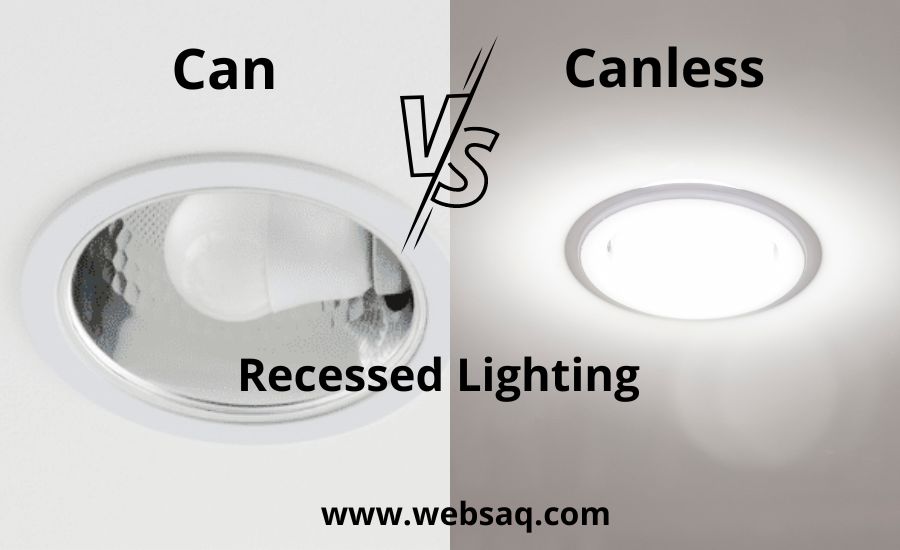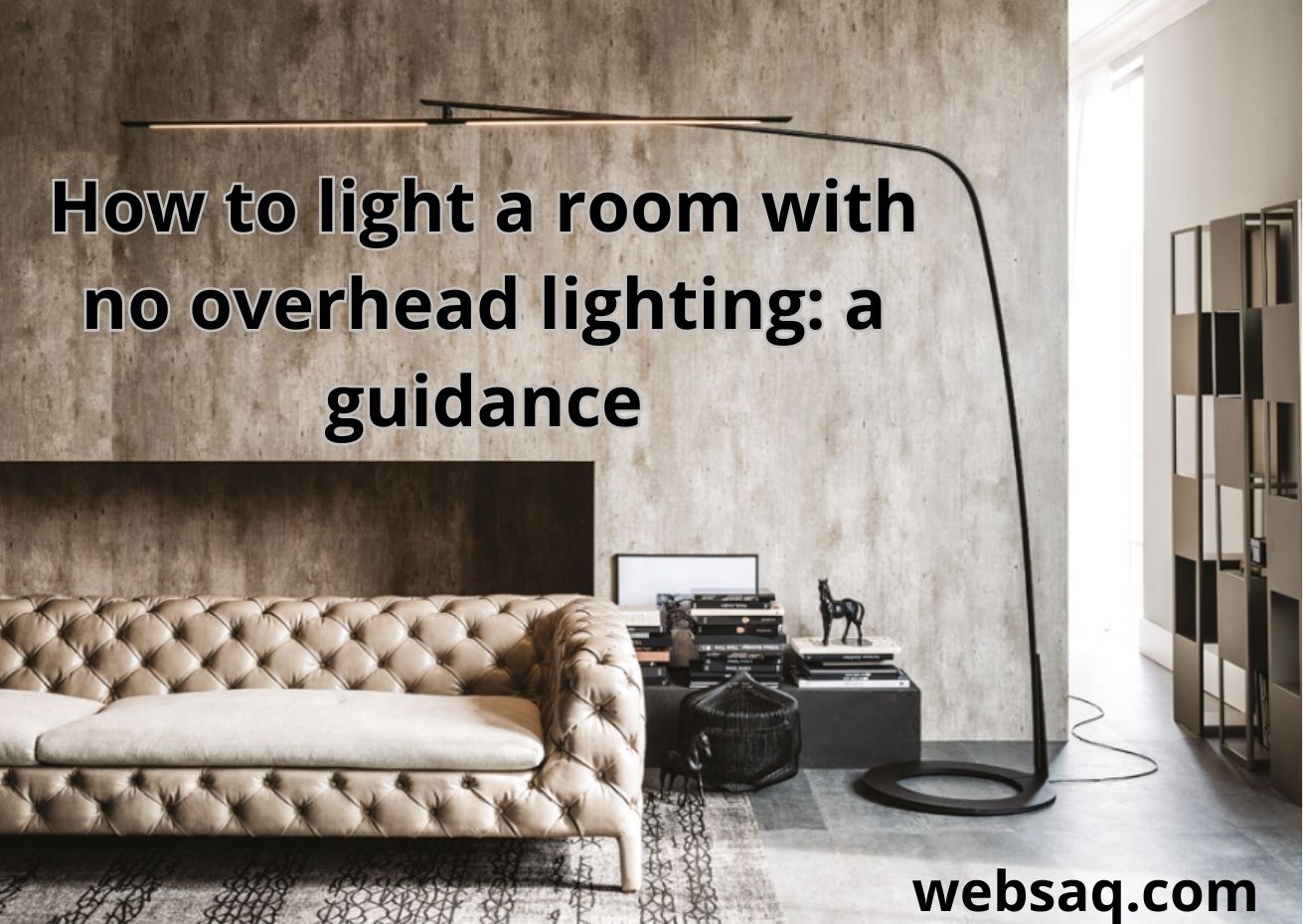Recessed lighting is a popular choice for homeowners and interior designers alike, providing a sleek and modern lighting solution that seamlessly integrates into the ceiling. When it comes to recessed lighting, one decision that often arises is whether to opt for traditional can lighting or explore the newer option of canless recessed lights.
This article delves into the debate between can-recessed lightning and canless recessed lighting, highlighting the pros and cons of each to help you make an informed decision for your recessed lighting needs.
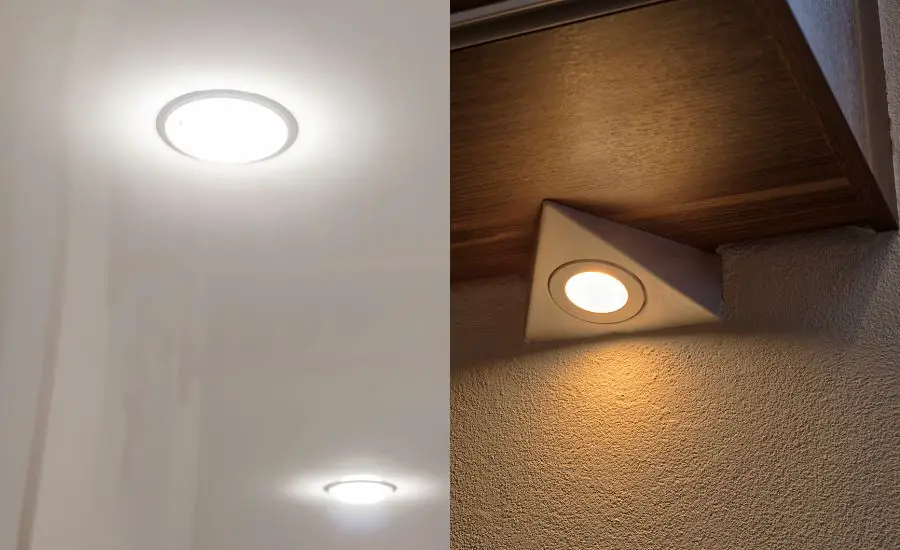
Canned recessed lighting: the classic choice
Canned recessed lighting, also known as recessed can light, has been the go-to option for many years. This type of lighting consists of a metal canister that holds the light bulbs and electrical components.
Can light offers several advantages:
Versatility. Canned lights are available in various sizes, shapes, and styles, making them suitable for various applications.
Whether you’re lighting a small hallway with pot lights or a spacious living room, you can find a can light that fits your needs.
Heat dissipation by theentire fixture: the metal canister of canned lights helps dissipate heat generated by the light bulbs, reducing the risk of overheating. This is particularly important when using high-wattage bulbs or in spaces with limited ventilation.
Easy replacement. If a light bulb or component in a can light fails, it can be easily replaced by accessing the canister from below the ceiling. This convenience can save time and effort compared to other recessed light fixtures.
Despite their many advantages, canned lights also have some drawbacks:
Installation complexity. Installing canned lights typically involves cutting holes in the ceiling and wiring each light to a power source. This process can be more involved and time-consuming compared to other recessed light options.
Space constraints. The physical presence of the canister requires a certain amount of space above the ceiling. In spaces with limited clearance, such as low ceilings or cramped attics, canned lights may not be the most practical choice.
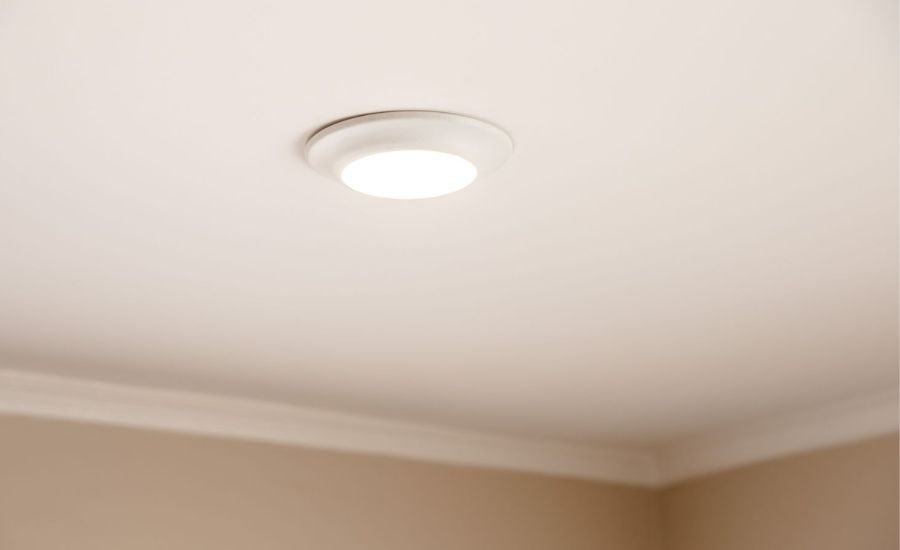
Canless lighting: a modern alternative
Canless recessed light, also known as wafer lights or slim LED lights, is a newer option that has gained popularity in recent years.
This type of recessed lighting eliminates the need for a traditional canister and offers its own set of advantages:
Low profile design. Canless LED lights have a slim profile, allowing them to be installed in spaces with limited clearance. This makes them ideal for low ceilings or areas where a traditional canister might be impractical.
Easy installation. Canlessrecessed lighting is designed for simple installation. It typically requires a smaller hole to be cut in the ceiling, reducing the time and effort needed for installation.
Some models even come with spring clips that make installation a breeze.
Energy efficient. Canless LED lights often utilize energy-efficient LED technology, providing significant energy savings compared to traditional incandescent or fluorescent lights (fluorescent bulbs). LED lights have a longer lifespan and consume less power, making them environmentally friendly and cost-effective in the long run.
However, canless recessed lighting also has its limitations:
Heat management. Without a canister to help dissipate heat, canless recessed lights may be more prone to overheating. It is crucial to choose models with proper heat dissipation mechanisms to ensure safe operation and prevent premature bulb failure.
Limited trim options. Canless recessed lights typically have fewer trim options compared to canned lights. This may limit your ability to customize the appearance of the light fixture to match your desired aesthetic.
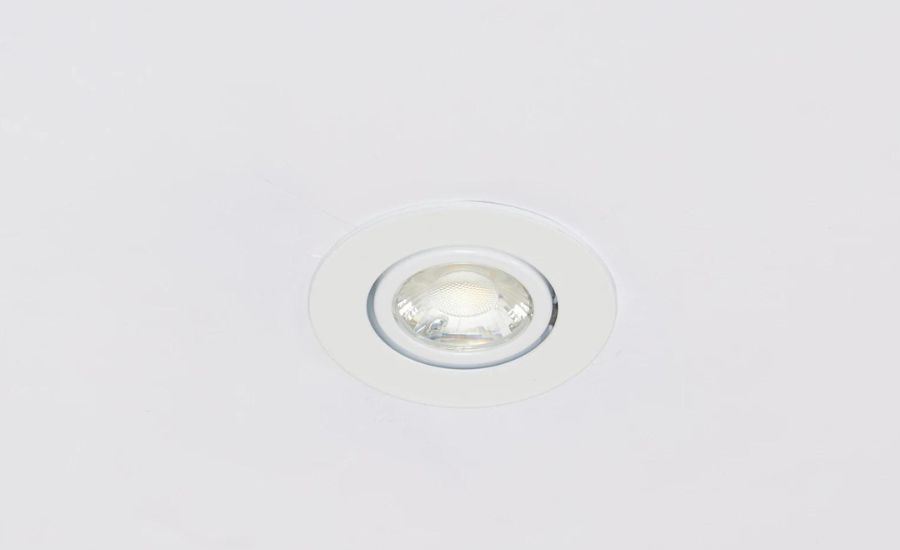
Factors to consider
When deciding between can and canless recessed light, several factors should be taken into account:
Ceiling space. Consider the available space above the ceiling.
If clearance is limited, canless lights may be the better choice due to their low-profile design.
Installation complexity. Assess the complexity of the installation process. If ease of installation is a priority, canless recessed light offers a simpler and less time-consuming option.
Energy efficiency. Consider the long-term energy savings provided by LED-based canless lights. If energy efficiency is a priority, they may be the preferred choice.
Customization. If you value a wide range of trim options and customization possibilities, canned light may offer more flexibility in achieving your desired aesthetic.
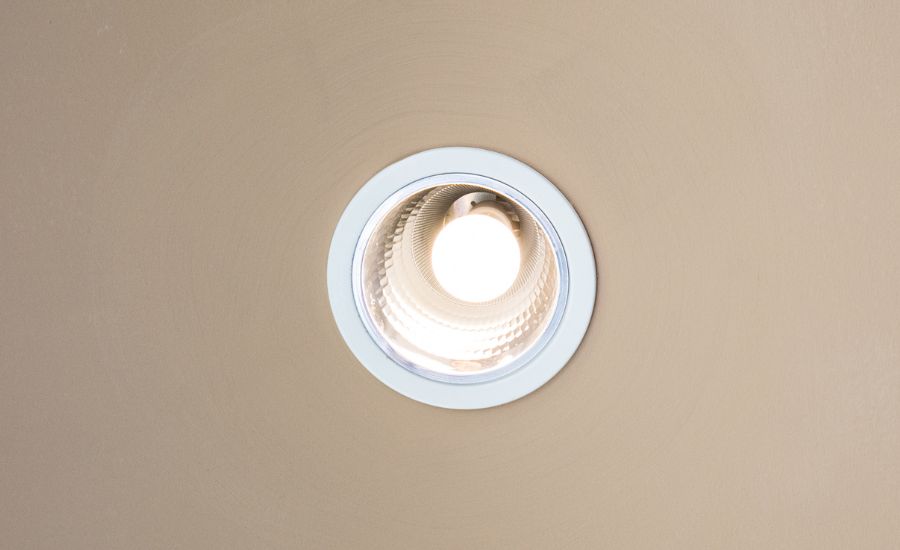
LED bulbs vs. built-in LED light
Can recessed lights can be used with both LED bulbs and other types of bulbs, such as incandescent or fluorescent bulbs, depending on the fixture’s compatibility. Canless lights, on the other hand, typically come with built-in LED lights attached which are not replaceable. The LED light source is integrated into the fixture, offering convenience and energy efficiency.
Incandescent bulb vs. LED light
Can recessed lights were traditionally designed to accommodate incandescent bulbs. These bulbs produce light by heating a filament inside the bulb. On the other hand, canless lights often utilize energy-efficient LED technology.
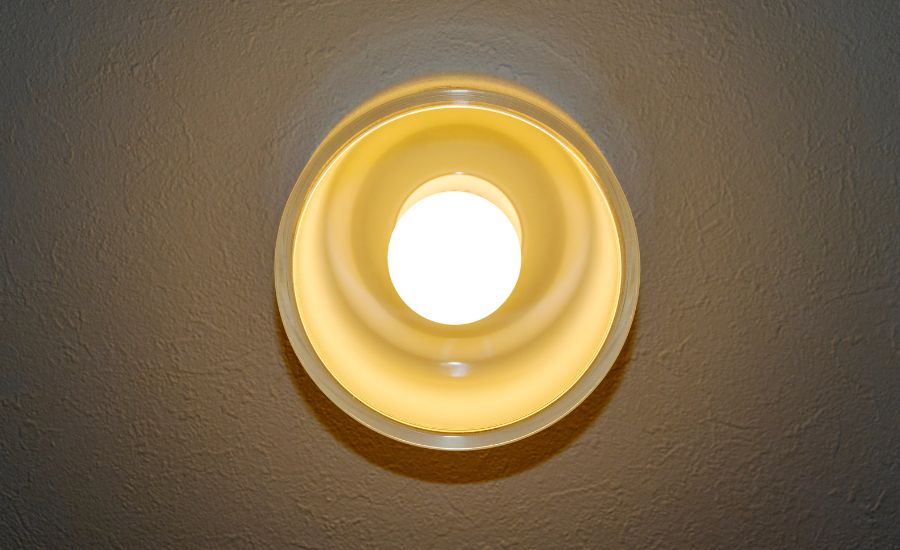
Incandescent lighting
Incandescent lighting refers to the use of incandescent bulbs to produce light.
It is the traditional type of lighting that emits a warm and familiar glow.
Electrical box and wiring
Both can and canless recessed lighting require an electrical box and electrical wires for proper installation. The electrical box provides secure housing for the electrical connections and ensures safety.
The wiring connects the light fixture to the power source.
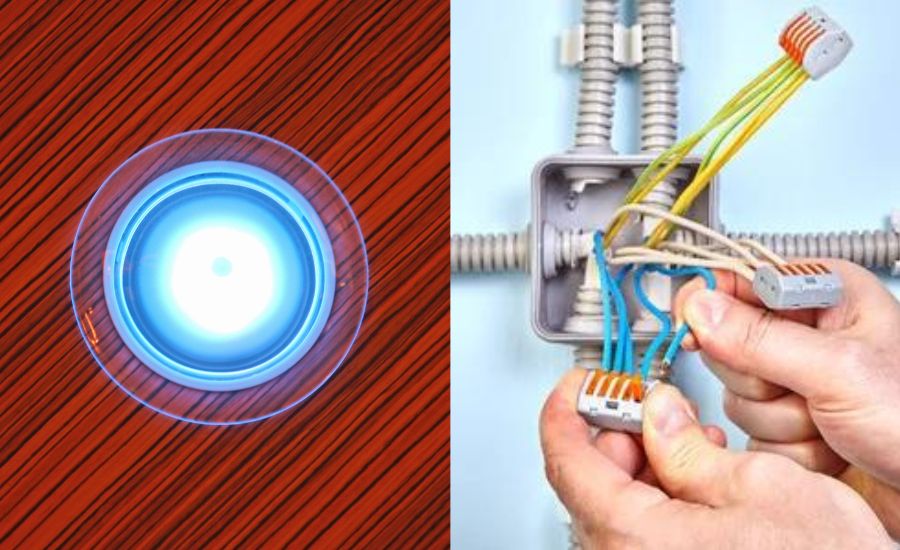
FAQ
We’re ready to answer some popular questions related to the topic of can vs canless recessed lighting.
The difference between can and canless light lies in the presence or absence of a traditional canister. Canned recessed lights, also known as recessed can lights or recessed cans, utilize a metal canister that holds the light bulb and electrical components. Canless recessed lighting system, on the other hand, eliminates the need for a canister and typically has a low-profile design.
No, canless lights are designed to be used without a can. They are standalone fixtures that do not require the traditional canister used in can lights. Canless lights are installed directly into the ceiling, without needing separate housing.
Can lights and recessed lights are often used interchangeably to refer to the same type of lighting. Both terms generally describe light fitting which is installed into the ceiling, creating a streamlined and discreet lighting solution. However, can lights specifically refer to the type of lighting that uses a metal canister to house the LED bulb and components.
Canless recessed lights do not require separate housing. The housing is integrated into the design of the canless light fixture itself. This is one of the advantages of canless lights, as they provide a more compact and streamlined installation compared to canned recessed lighting, which requires a separate canister housing.
Conclusion
In the debate between can and canless recessed lighting, there is no one-size-fits-all answer. Both options have their advantages and considerations. Can recessed lighting
is the classic choice, offering versatility and heat dissipation, but it may require more complex installation and has space limitations.
Canless lighting, on the other hand, provides a modern and low-profile alternative with easy installation and energy efficiency, although it may have limitations in trim options and heat management.
Whether you opt for the timeless appeal of can lights or embrace the sleek design of canless lights, both choices can illuminate your space stylishly and functionally.

Here, I provide valuable insights into the lighting industry, drawing from 12 years of experience. My aim is to share useful and practical tips, life hacks, and comprehensive product reviews. I hope that collective expertise, advice, and recommendations prove beneficial to you.

